1. Measure and record
“You can’t manage what you don’t measure!”
Before looking at possible changes in management, it helps to understand what your environmental impacts and emissions are and where they are coming from on your farm. Each farming system is different and so the best way to know where the emission “hot spots” are in your system is to use a carbon calculator.
FCT has developed a free, easy-to-use Farm Carbon Calculator and we recommend this tool to understand your farm carbon balance. The Calculator generates a report to show where the emissions and sequestration figures have come from.
As with all such exercises, the more accurate the data you put in, the more accurate the figure you get out. We would expect you to take around 1½ hours filling in the calculator, once you have assembled all the input data that you will need.
Once you’ve got your carbon balance figure, decide if your focus is towards actions in the short or long term. If you are planning strategic farm investment consider how you will incorporate emission reduction technology/processes into that investment. There will normally always be short term options to consider.
2. Improve the existing systems
Before making any changes, look at how your farm is currently performing and how you could improve it. Where improvements can be made, think about how they might be measured. Are there any existing discussion or technical groups nearby that you could join where other producers share information? We may be able to point you towards existing groups or opportunities.
Improving the efficiency of what you’re already doing will be the most straightforward action. It will also deliver immediate financial benefits to your business and a reduction in GHG emissions.
3. Making changes
Here are some priorities that are relevant and straightforward to implement. Pick out and use the sections that fit with your farming system:
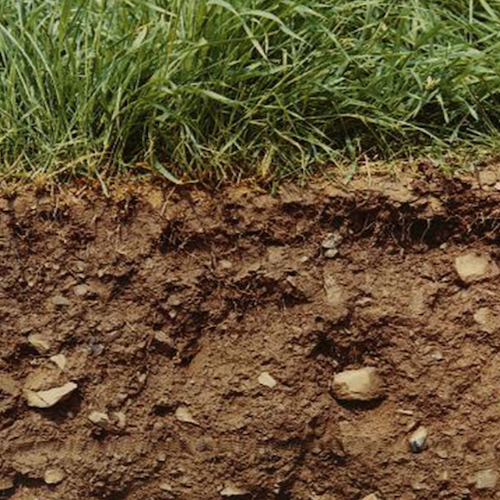
Soil Management
- Reduce cultivations
- Repair / improve drainage
- Build soil organic matter levels
- Look at carbon sequestration potential
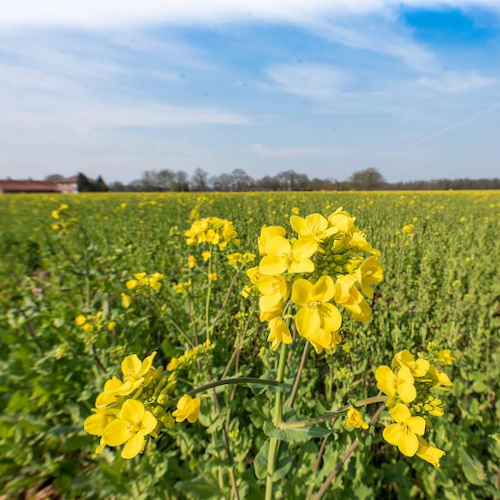
Cropping
- Reduce cultivations
- Target fertiliser applications to soil conditions, crop requirements and weather
- Explore opportunities to bring in organic materials and use legumes to fix N
- Introduce clover into grazing and cutting swards to save on N fertiliser
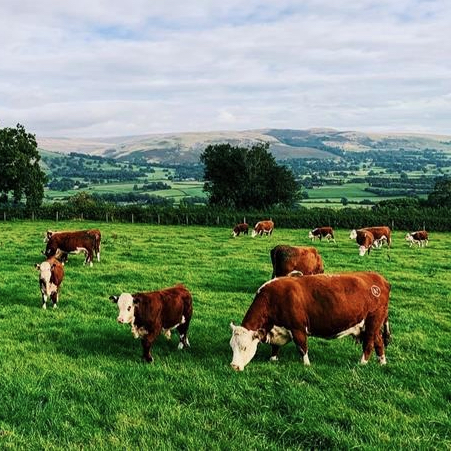
Livestock – Ruminants
- Manure management and application: store in solid form if possible
- Investigate Anaerobic Digestion for slurry
- Diet – research suggests changes to diet can reduce emissions from enteric fermentation
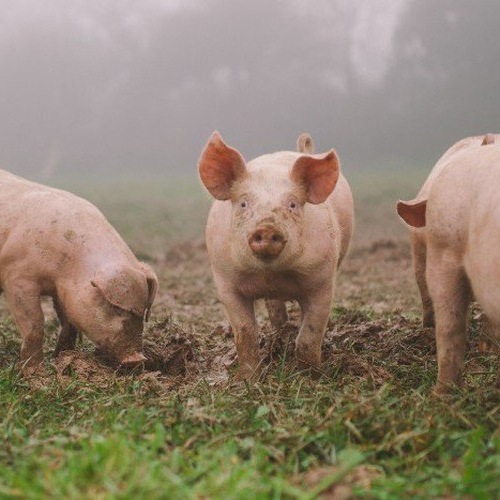
Livestock – non ruminants
- Sourcing of feeds – look for more sustainable options, avoiding South American soya-based feedstocks
- Feed efficiency – correct protein balance, maximise feed conversion, minimise waste
- Slurry handling and application
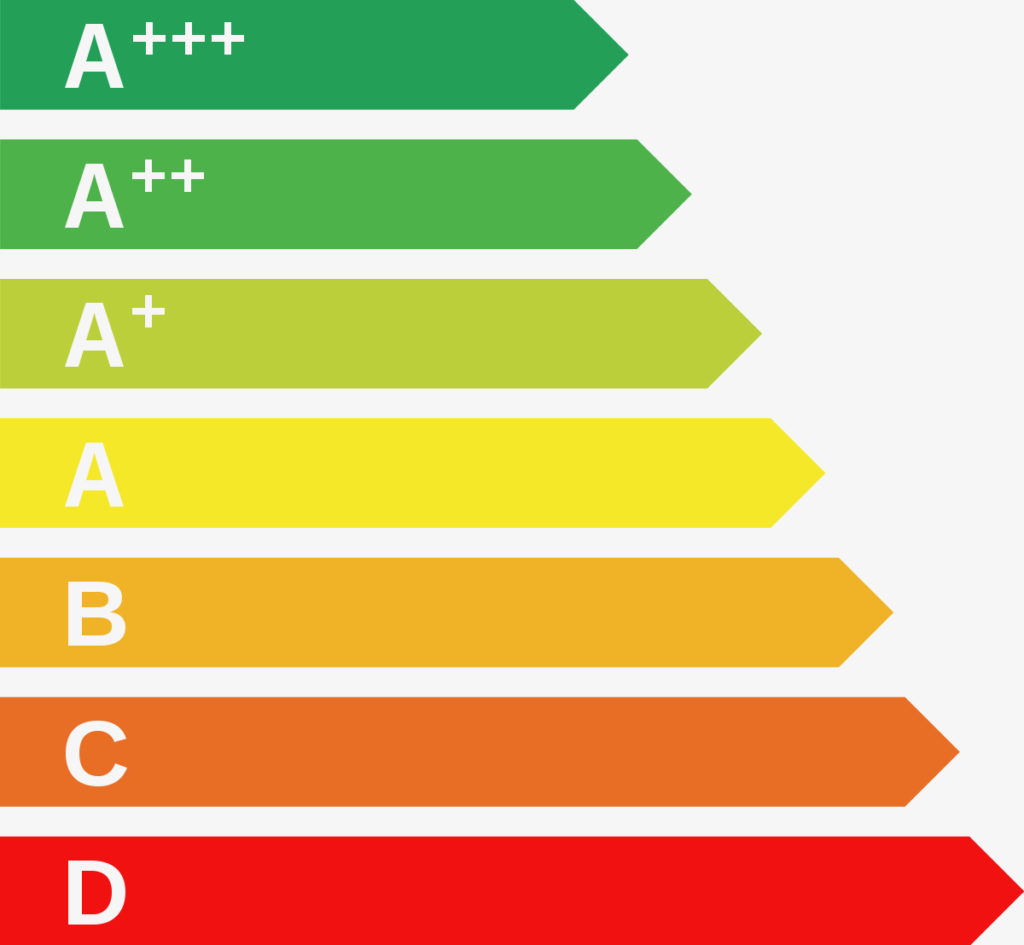
Energy efficiency
- Identify draughts and check insulation
- Commission Energy Performance Certificates for each building
- Install energy efficient lighting
- Consider motion sensors for outdoor areas
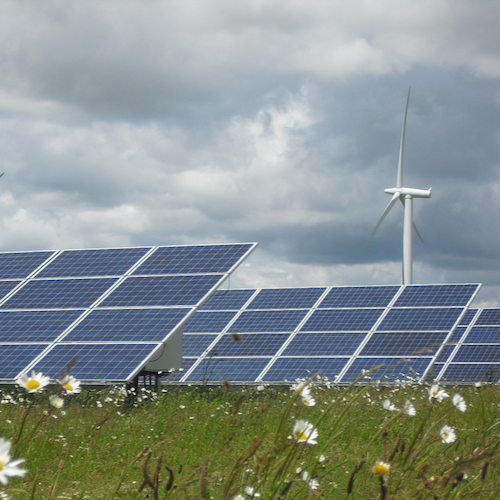
Energy Generation
- What are your farm’s natural resources? Can you generate your own energy?
- Are there electricity sub-stations or powerlines nearby
- Consider local biomass supplies
- Check your wind speed at the National Database and solar potential
- Consider your waste streams
- Contact a qualified consultant to take any plans further
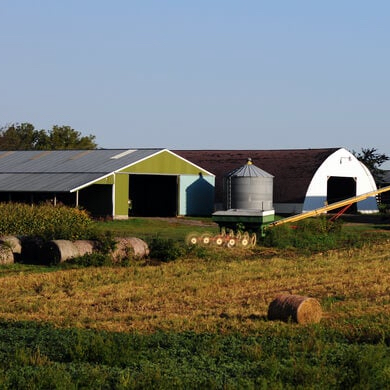
Buildings and Operations
- Consider vehicle usage – are you making any unnecessary journeys?
- Are there electric vehicles available?
- Send any on-farm drivers on fuel efficient driving courses
- Do you need a new building? Could you adapt existing space, saving money and resources?

